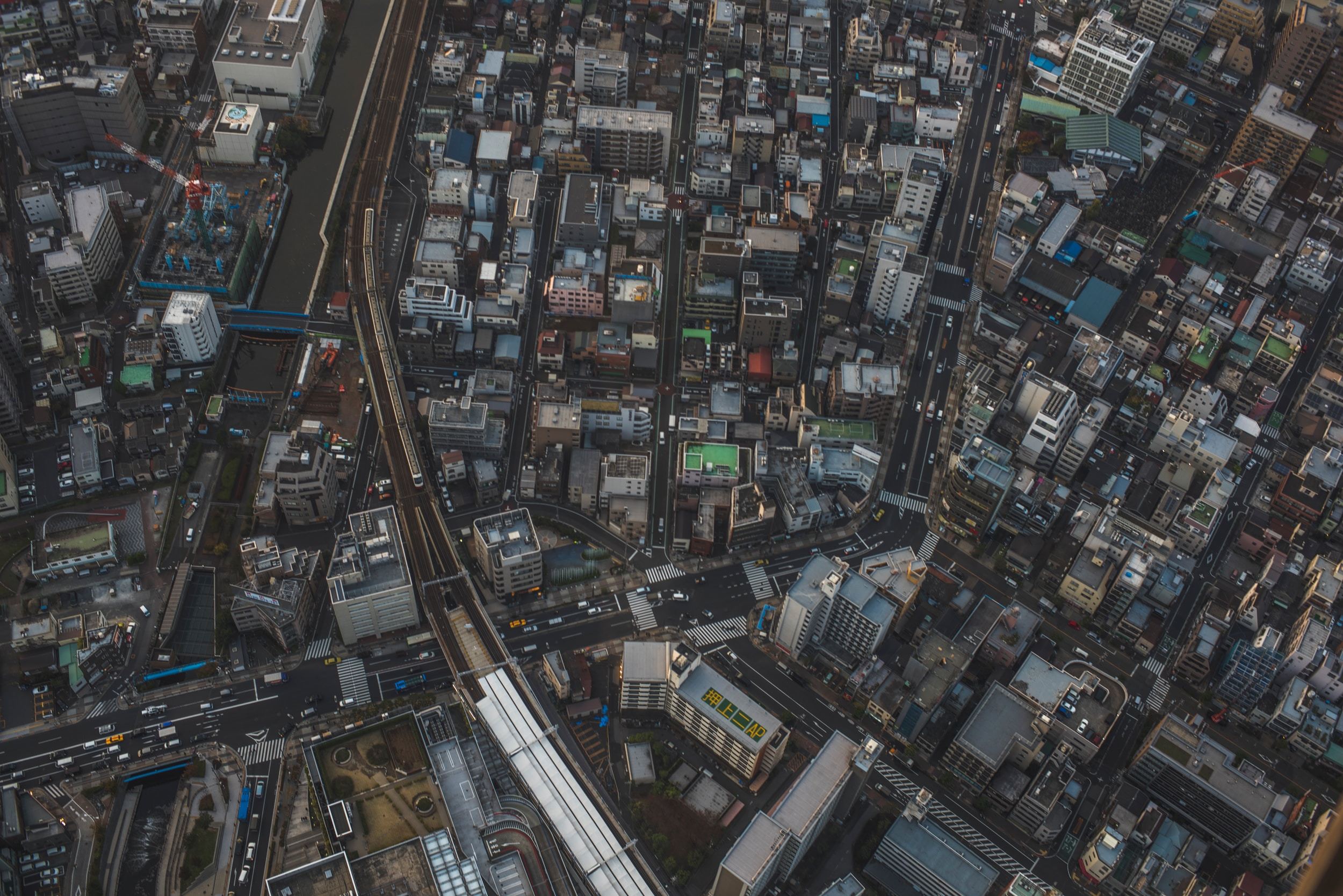The Complete Guide to Rural-Urban Fringe and How It's Changing the Face of America

By Michael Jumba
What is Rural-Urban Fringe?
Rural-urban fringe is a term used to describe a phenomenon where urban sprawl is pushing into rural areas. This has caused major changes in the way people live and work.
How Urban Sprawl Affects the Environment
Urban sprawl is the growth of a city into the countryside, usually without any formal planning. This type of growth causes a number of environmental problems. Urban sprawl can cause air pollution, water pollution, and habitat destruction.
How Urban Sprawl Affects Public Health
The physical, social and economic impacts of urban sprawl are vast. Urban sprawl is a form of development that has become very common in the United States. The urban sprawl in the US has caused people to move away from city centers and instead, move to suburbs.
This has led to an increase in traffic congestion and pollution as well as an increase in obesity, diabetes, hypertension, depression, and cardiovascular diseases.Urban sprawls have also had significant economic impacts on society. For example, it is estimated that the annual cost of congestion for commuters amounts to $160 billion dollars per year in wasted time and fuel consumption.
How Urban Sprawls Affects Education
Urban sprawls are the result of urbanization. This is when people move to cities and start living in a more concentrated area. The population density is higher in these areas, so there are more jobs and services available to the people living there.This leads to a disconnection from the natural environment, which can have an impact on education. There are many studies that show how this disconnection can affect children in urban areas, as they may not be able to explore nature or learn about it in school.
The Future of Rural-Urban Fringes
There are many rural-urban fringes in the United States. The most famous one is New York City, which has a population of 8.5 million people and is located on the edge of the Hudson River about 25 miles from its mouth.
The future of rural-urban fringes will depend on how fast technology advances and what kind of jobs are available to these populations. If technology advances too quickly, then there won't be enough jobs for people in these fringe areas to make a living off of.


